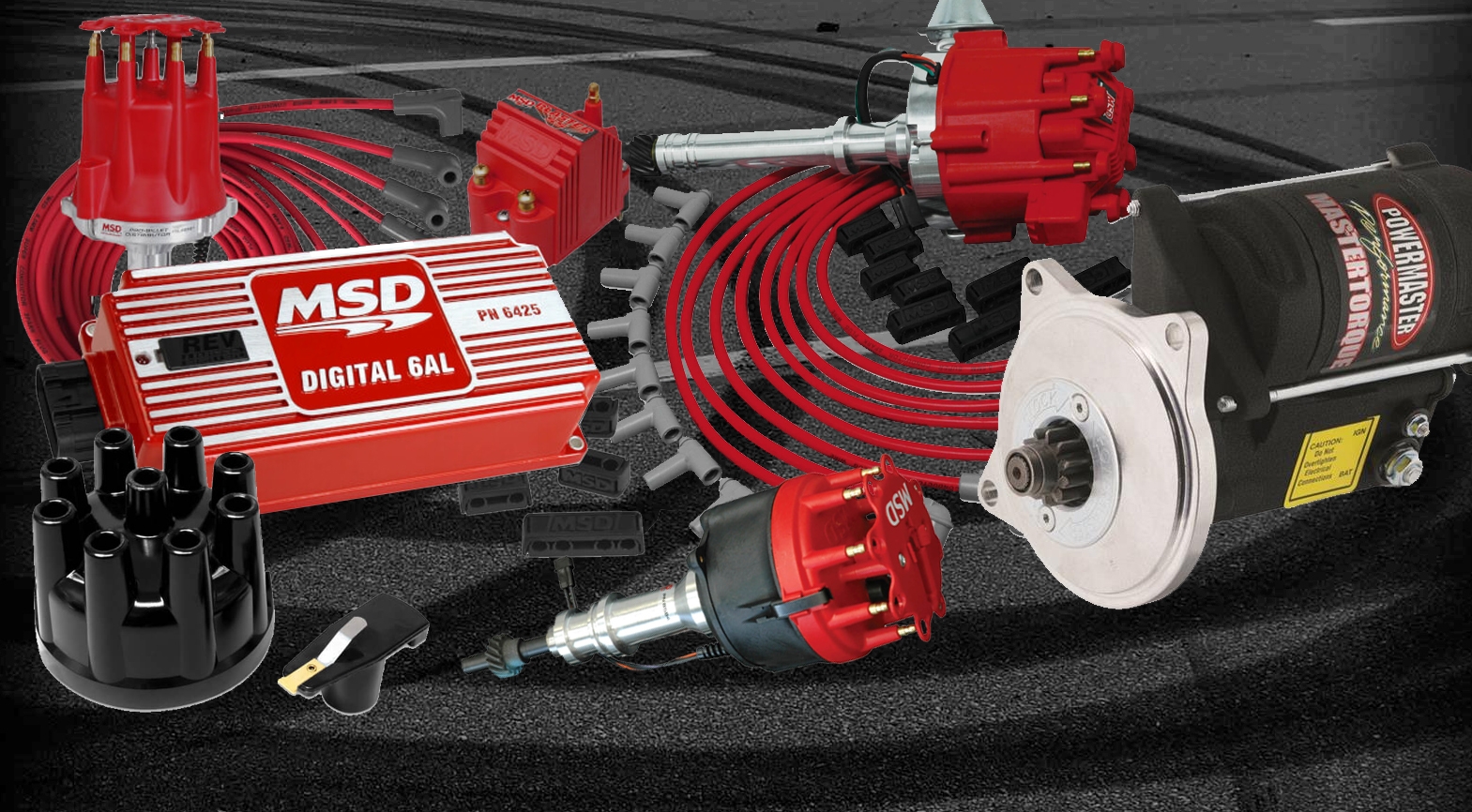T&C Exclusive: Meet the Cast of The Gilded Age
 ]
]
Cynthia Nixon as Ada Brook
Cynthia Nixon plays Agnes’s optimistic unmarried sister, Ada, in the series. “Ada is very different from the roles I usually play. I usually play very brainy, assertive people. And I love the idea of playing someone who, even though she is very much a middle-aged woman, she really still has the heart of a girl, she’s very girlish. She’s very open and I think she’s wiser and slyer, and more strategic than she first appears. But certainly, it’s a pleasure to play someone who wears their heart on their sleeve,” Nixon says.
“Having her niece come to live with them in New York is basically the most exciting thing that’s ever happened to Ada because she has no children of her own. She envisions that Marian will perhaps be a surrogate daughter for her.”
What Is a Distributor and How Are They Tuned?
 ]
]
ABS
Wu Tang said it best: CREAM. That is, computers rule everything around me. But just a few years ago, everything powered by gasoline needed a way to orchestrate the firing of each cylinder. During the Guilded Age this was done by spinning a wheel attached to the camshaft. The timing of the cylinders was a fixed ratio, and only the wealthy could afford levers and cables to control the timing.Once engineers at duPont figured out how to add liquid lead to premium gas, they realized that adding more ignition advance could offer more power. Old man duPont owned General Motors from 1912 to 1966 and they used Chevrolet, Buick, Pontiac, and Cadillac to show the world what was possible. GM engines were much higher compression than their competitors, offering more power and smoother running.This was only possible by giving drivers control of their spark advance. Early distributors gained a few analog helpers after WWII. Breaker Points and high-voltage coils provided a clean spark, but engines were reving faster than the lightning could reach the spark plugs. Therefore, a set of weights was added inside the distributor to advance the timing faster than the driver could react. All modern distributors retain these centrifugal weights and springs, and they are easily modified to make use of race fuel.But that wasn’t enough. The high performance engines of WWII introduced another system to augment the mechanical advance. Making use of engine vacuum, a small servo could add or remove a few degrees of timing as long as it had a dedicated port deep inside the carburetor. These also can be optimized in a few minutes if you want to race on Saturday night.Obviously, any vacuum parts wont work under boost, so turbo and supercharger engineers were forced to embrace early computers. These ignition control systems had enough memory and power to simulate both the mechanical and vacuum advance systems while also having the ability to account for unique situations. For example, a modern MSD box has several extra wires that can be grounded out through circuits you might add.In the case of my 1987 Camaro Z-28, I added a circuit that retarded timing when starting. In Florida, any starter is hard pressed to get you going when its 110 F (40C) in the shade. NASCAR teams discovered a cheat to use the same programming to add traction control. When tires slip in the corners, grounding this wire retarded the timing for a split second, allowing drivers to recover from a drift as if by magic. Nowadays, all cars use this feature in conjunction with active handling andTo bring distributors into the Space Age, GM decided to remove their magnetic sensors with optical. The “ OptiSpark ” system debuted on the 1992 Corvette, and it used a laser shining through a reluctor wheel on the end of the camshaft. This proved to be much more accurate and faster than magnets, but being GM, they placed it under the water pump, leaving millions of customers stranded to this day.Computers control everything around us, but there is something to be said about how our fathers tuned their cars. Distributors will always be more reliable, so I keep one around in case the Lord decides to leave me behind. I am digging through more memories in the garage, so stay here for all your automotive insights.
